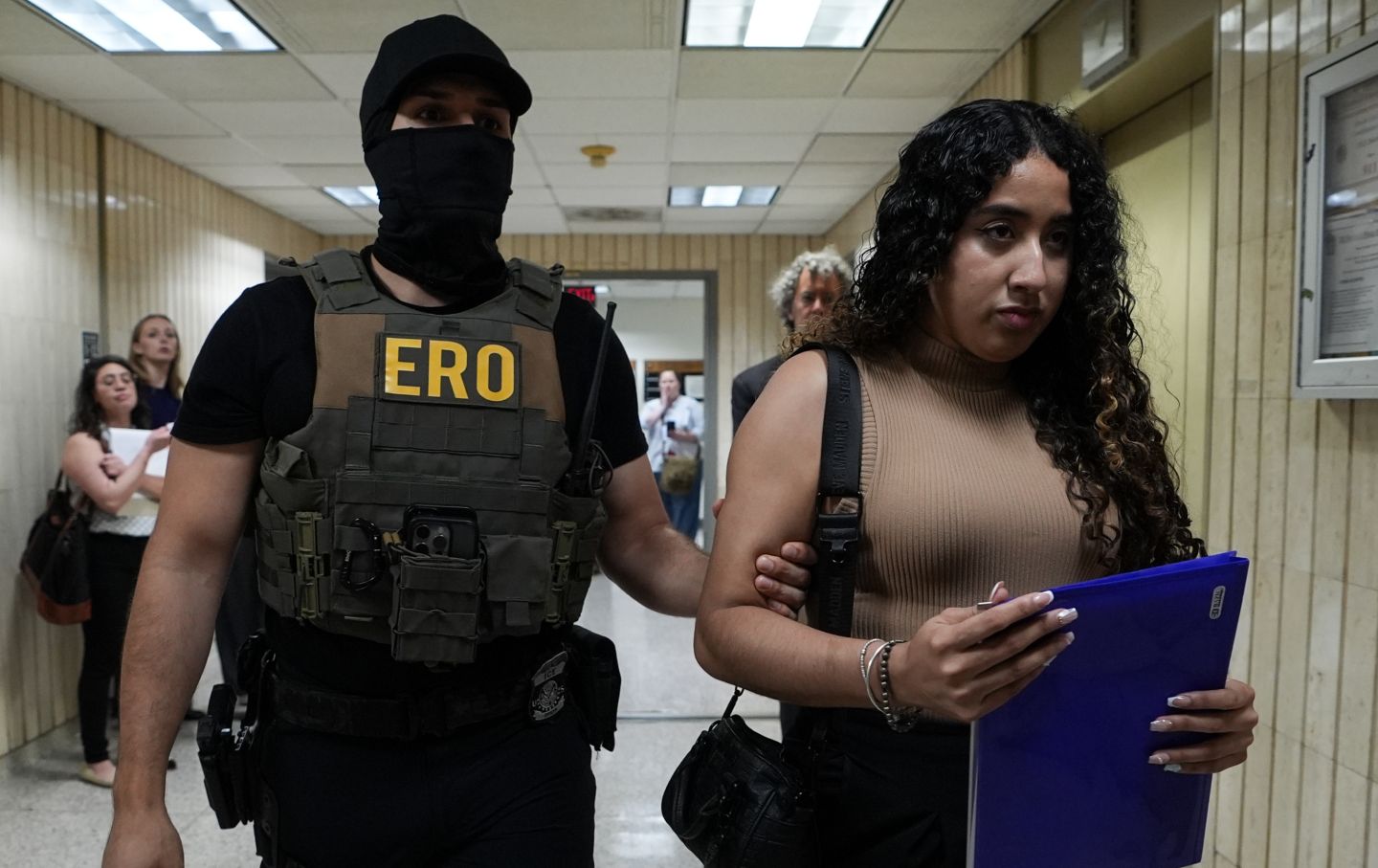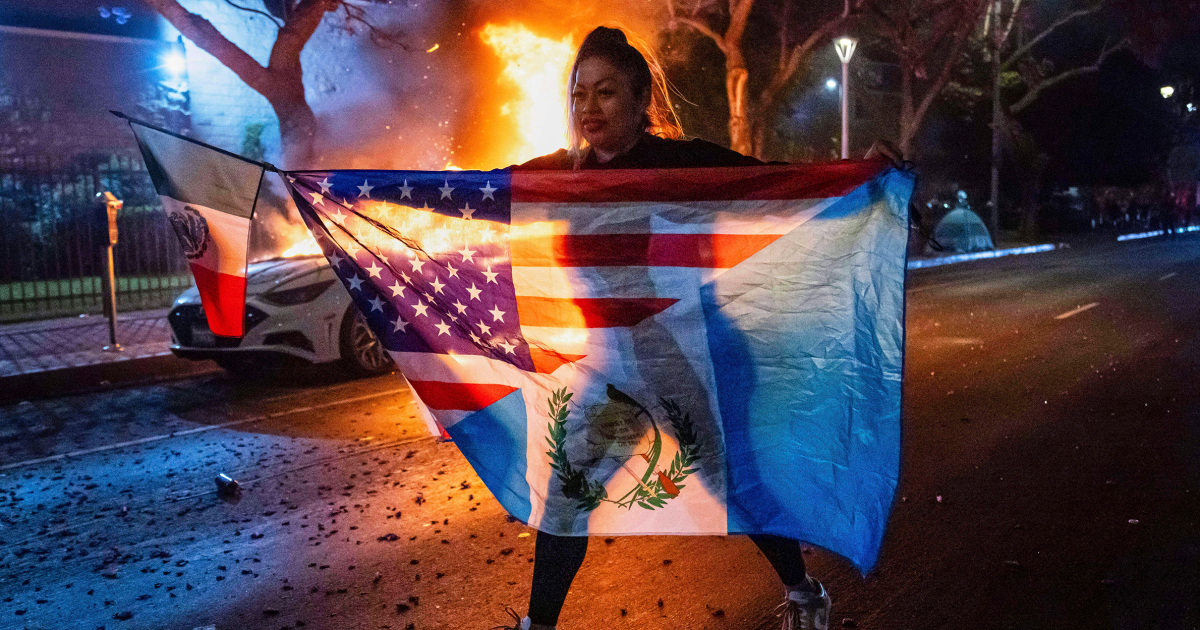‘Everybody was hoping that it would be more like 2017’
When Adam Orman opened his first restaurant in Central Texas in 2016, a few months before President Donald Trump was first elected to his first term, everything was normal. L’Oca d’Oro began hiring new employees above the minimum wage and its food/atmosphere made it one of the best Italian spots in Austin.
Things were going so well that Orman even opened a new pizza joint, Bambino, in 2024, which also received high acclaim. But earlier this year, when Trump returned to the White House for his second term, Orman told MySA he started to see Immigration Customs and Enforcement (ICE) activity begin to impact his business.
“Everybody was hoping that it would be more like 2017, that it wouldn’t be as bad,” Orman told MySA. “I never heard of any raids happening at restaurants back in 2017 obviously, there was a lot happening on the border. There was a lot happening with kids with the family separations, and so it was a big conversation in Texas, but it [raids] were not as big a conversation, specifically in the hospitality industry.”
Within Trump’s first week back in January, he vowed to continue his campaign promise to crack down on illegal immigration by signing dozens of executive orders, one of which called for the “immediate removal of those in the United States without legal status.” The order led to ICE conducting “enhanced targeted operations” in major U.S. cities like Austin, which prompted nationwide protests and arrests.
“I think the big moment for the rest of the community was when they pledged to increase detentions.” Orman said. “It was from like 300 a day to 3,000 a day nationally, and we really saw what that felt like and all of a sudden now everybody was seeing detentions happening in their workplaces.”
Through social media and news coverage, Orman explained that people began to realize that detentions weren’t just happening at work, but also on the street, at traffic stops, court rooms and more. That’s when he noticed his own “employees behavior started to change.”
“There were people who weren’t showing up for work, or if they were, they were afraid to show up for work, or they weren’t leaving the house to go food shopping, that all these normal things that just got worse,” Orman said.
By mid-April, one of his Bambino employees who didn’t show up for work one day was detained by ICE. A few weeks later in late May, Orman posted a social media video on how mass deportations and arrests are impacting Austin’s restaurant industry. Within 24 hours of the post, another one of his L’Oca d’Oro employees was detained.
In both cases, Orman said he was “very involved” in supporting his detained employees by writing letters as they waited weeks for court hearings and even helped raise money to pay their obligor or bond expenses. Although his L’Oca employee chose to self-deport to their home country due to their expensive $15,000 bond, Orman’s Bambino employee was released on bail but remains unable to work until their asylum application is approved.
“It’s really hard. It’s hard for the staff that’s still here to know that this could happen to anybody on staff,” Orman said. “Both restaurants are not that big, so losing one person makes a huge difference, and then not knowing what the process is going to be once they’ve been detained, not knowing how long it’s going to take, even if they do get released, are they going to be able to come back to work?”
But Orman’s restaurants aren’t the only ones being impacted by ICE detentions. In early July, the National Restaurant Association sent a letter to Trump urging him to remove “individuals who pose a threat to national security and public safety,” partner with the association to implement workforce solutions, and consider deferred action options for “long-serving employees.”
“Today, there are more than 1 million unfilled jobs in the food service and hotel industries,” the letter reads. “Nearly one in three restaurant operators report they lack sufficient employees to meet customer demand, and 77% struggle to hire and retain staff. These shortages limit operating hours, reduce services, and strain restaurant operators and the communities they serve across the country.”
The association also wants the president to “advance long-term immigration reform with Congress to support individuals who contribute to our economy and aspire to build a better future through hard work.” In Texas, the state’s Restaurant Association Chief Public Affairs Officer Kelsey Erickson Streufert told MySA that the organization has seen several reports of immigration enforcement affecting restaurants and industries with large Hispanic populations. She added that this “fear of being caught up” with ICE is “impacting workers and consumers, many of whom are citizens or have legal work authorization.”
“For these reasons, the Texas Restaurant Association has joined the National Restaurant Association and our state restaurant association partners in echoing President Trump’s comments that we can and should do both—maintain a secure border and secure the workforce we need to protect our food supply and lower food prices for all Americans,” Streufert said in an emailed statement. “This remains a top priority for the TRA because we need commonsense worker pathways to prevent higher prices, empty tables and shelves, and more small business closures.”
Orman has been preparing for this moment even before Trump’s re-election by co-founding Good Work Austin in 2019, a coalition of bars and restaurants dedicated to providing healthy workspaces for their employees. The group has since partnered with the Texas Civil Rights Project to host virtual “Know Your Rights” seminars to help restaurant owners and employees fill out I-9 paperwork and manage recent immigration issues.
Although the possibility of any hospitality work permit relief program for immigrants is still unclear, Orman maintained that he will continue to advocate for and protect his employees no matter what.
“I think that that provides some sense of security, that we’re not we’re not pretending like everything’s aright and that we are as prepared as we as we can be, and that when something bad does happen to one of our employees, that we’re going to do everything we can to support them and get them out of detention, get them back to their families and get them back to work.”
https://www.mysanantonio.com/food/article/austin-restaurant-ice-raids-20789546.php







